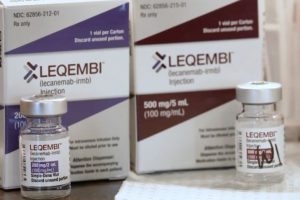Researchers at the University of Verona in Italy have carried out lab tests that show Espresso coffee prevents the aggregation of the troublesome tau protein which leads to the brain-wasting Alzheimer’s disease in humans.
In a study conducted by the Italian team, both a complete espresso extract as well as various compounds isolated from the drink including caffeine, trigonelline and genistein were tested in lab dishes to see how they interact with tau protein tangles known as fibrils which are found in Alzheimer’s patients.
It was found that caffeine and genistein prevented tau protein clumps known as fibrils from forming long strands. This also prevented them from weaving themselves into the larger sheets that disrupt the functioning of the brain resulting in memory loss and the ability to think. It also rendered the fibrils non-toxic and took away their ability to act as seeds and spread to other cells.
Caffeine was further shown to bind to existing tau fibrils which could open the door to further investigation of using the compound either as a therapeutic or a potential test for the presence of tau, according to the researchers.
While caffeine and genistein had the ability to keep the fibrils short, the full espresso extract had the biggest impact on tau. Because many of the compounds in coffee can cross the blood-brain barrier, the researchers believe that simply drinking espresso coffee may provide some of the benefits seen in the study.
“Based on the bioavailability of coffee components in the brain, and on the results of our study, we expect that moderate coffee consumption may provide a sufficient amount of bioactive molecules to act separately or synergistically as modulators of tau protein aggregation and toxicity,” the Italian researchers have stated.
However, they admit that further research will be required to see if the tests, which were conducted both on the isolated compounds and on live cells in lab dishes, will carry over to studies in animals and humans.
The study which has been published in the Journal of Agricultural and Food Chemistry.




















